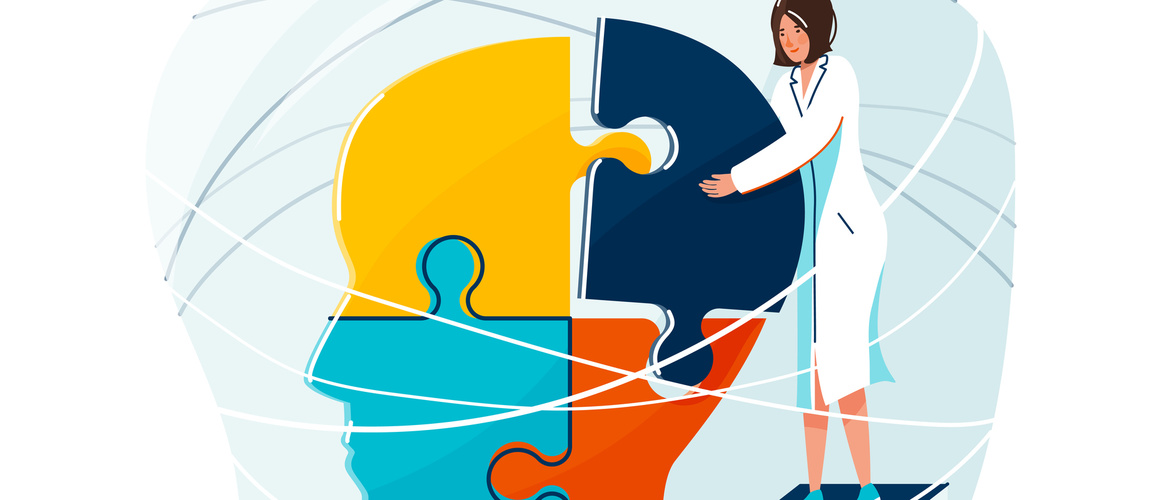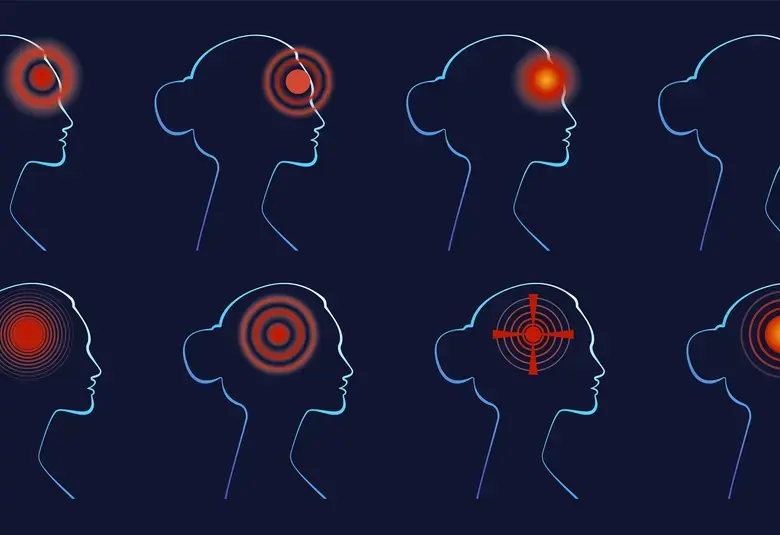Finding the optimum combination of medical interventions and lifestyle factors can decrease migraine frequency but not necessarily abolish it. Those experiencing an episode should not blame themselves: lifestyle is one piece in a puzzle, and migraine is a complex neurological disease. For pharmacological prevention, the wide range of agents offers real opportunities to individualize therapy, and neuromodulatory devices offer yet another option.
The goal is to live, not to stop living. The aim is for progress, not perfection. These are two guiding principles which Lauren Natbony (Medical Director of Integrated Headache Medicine, New York, USA) encourages her patients to bear in mind as they seek to integrate evidence-based advice on lifestyle into their comprehensive management of migraine.
The goal is to live, not to stop living; progress, not perfection
The “migraine brain” likes consistency and dislikes abrupt shifts, but those who experience the condition should not abandon the enjoyment of going out, nor fear departure from routine, Dr Natbony advised when interviewed by patient advocate Wendy Bohmfalk during the Migraine World Summit 2023.1
There should be room for spontaneity without anxiety. Migraine is isolating, and social support is a valuable resource.
Take small steps towards the goal
For more detailed guidance, Dr Natbony unpacked the SEEDS mnemonic.2
Sleep - wake at around the same time each day, and as naturally as possible. At night we need a calming routine, such as shower or reading — a wind-down time that readies the brain for sleep without requiring an abrupt shift. Avoid screens for at least an hour and ensure the bedroom is cool, dark and comfortable.
Eat something within 30-60 minutes of waking, ideally something with protein and little sugar. Favor wholegrains and limit processed food, Dr Natbony cautioned. In general, it’s not about elimination but about the addition of quality and consistency. Eating every 3-4 hours is good; keep blood sugar level stable; and don’t skip meals. Keep hydrated. Caffeine can be helpful but its intake should be consistent, and less than 200 mg a day.
Food and food triggers are the most talked about thing in migraine, with the least amount of evidence — Dr Natbony
Exercise - is a good way to begin the day. Start small and build up gradually. An exercise program, which should be tailored to the individual, needs at least 8-12 weeks to show benefit.
Diary - there is value in keeping a simple diary, but the effort of keeping it should not itself become a source of stress.
Stress - More than avoidance, dealing with this problem is about management — and this can take many forms: meditation, mindfulness, exercise, biofeedback, knitting, stroking a pet... all may help. Find a pleasurable activity, Dr Natbony advised — one that gives you a break from yourself and your thoughts, and make it routine.
Lifestyle advice does not imply fault or blame
All of this advice should be given on the basis that it is not attributing blame to a person for bringing migraine upon themselves, nor that it is their fault, she emphasized. Migraine is a complex neurological disorder.
In her interview with Elizabeth DeStefano,3 Deborah Friedman (University of Texas Southwestern Medical Center, Dallas, USA) agreed with the view that the importance of triggers, such as specific foods, is often overstated.
Some people have triggers, but their avoidance — and anticipatory anxiety — should not take over a person’s life, she said. And sometimes the association of an episode with eating a particular trigger food, for example, is coincidence rather than causation, or the result of a prodromal abnormality of brain function.
The avoidance of possible triggers, and anticipatory anxiety, should not take over
Pharmacological prevention underutilized
But Dr Friedman’s major focus was on pharmacological means of migraine prevention. She suggested circumstances in which such prevention should be considered. These include:
- when attacks occur more than four days per month — basically, once a week or more;
- when attacks are not well controlled by acute medication;
- in cases of hemiplegic migraine or migraine with brainstem aura, when attempting prevention is pretty much automatic regardless of attack frequency.
And then there is patient preference — patients should have a lot of input to the decision on prevention. Some choose to go down this path when they have migraine fewer than four times a month — because of the severity of their disability, or because they have responsibilities that need to be taken care of, or because they do not want even that many attacks.
Newer agents designed with prevention specifically in mind
Given the above, preventive strategies are widely underutilized, Dr Friedman believes. In some studies, more than 40% of people met criteria for prevention, but typically fewer than 15% were actually on it. This may reflect lack of access to physicians ready to suggest preventive medication. Or it may reflect reluctance on the part of patients.
That reluctance may be diminished when patients realize there are now many good preventive options — including newer ones designed specifically to target CGRP — that can be discussed and tailored to individual needs, Dr Friedman suggested.
For patients who don’t want to add medications, and when pregnancy may be an issue, neuromodulatory devices are an option, though cost may be a limiting factor, she said.




